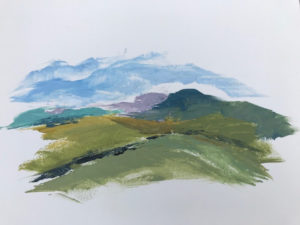“The black sky was underpinned with long silver streaks that looked like scaffolding; and depth on depth behind it were thousands of stars that all seemed to be moving very slowly, as if they were about some vast construction work that involved the whole order of the universe and would take all time to complete. No one was paying any attention to the sky.”
Quoted here is a section from Flannery O’Connor’s 1st novel “Wise Blood”, in which the writer uses her weird characters as darkish foils to prod the reader into considering timeless things. O’Connor was a brilliant and lonely critic of secularism’s vacuity; she considered modernism naïve. And like Jesus, her harshest stories called out religious emptiness. How would she be illustrating the bigger story for us now? O’Connor would be a good one to read if fiction is a way into your heart, for our world is changing and we need to get a grip on what it is that is truly mooring us.
You wont find what anchor’s your soul in the material world. How can I make such an assertion? I’ve lived enough life; I’ve read the best “good book”; and I know how it ends. If non-fiction is a better way in for you, this is time tested. Meanwhile the National Geographic arrived this week. It is expensively produced, in a ying/yang edition titled “How We Saved the World”, or from back to front “How We Lost the Planet”. Take your pick; they’re giving us only two options. One would think such an organization committed to the earth would offer a few words of acknowledgement to earth’s Maker. But no. And, they admit: they don’t know the future. Only the One who hears prayer does.
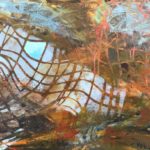
The image I post today fits right along with O’Connor’s description, as she teases the imagination higher. Here’s another look-up for you. I’ve had the texture and the hues on this oil panel for some months, but I could not resolve the whole satisfactorily. Then suddenly I realized I needed to give it a window beyond the morass of the now. Voila!
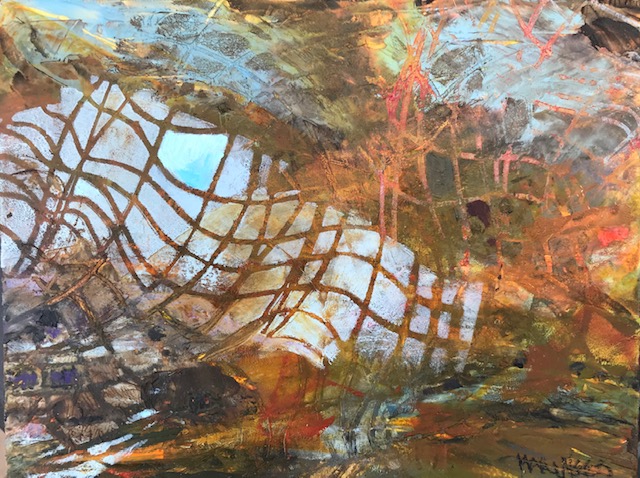

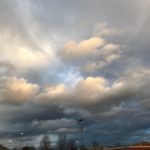
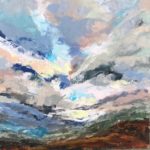
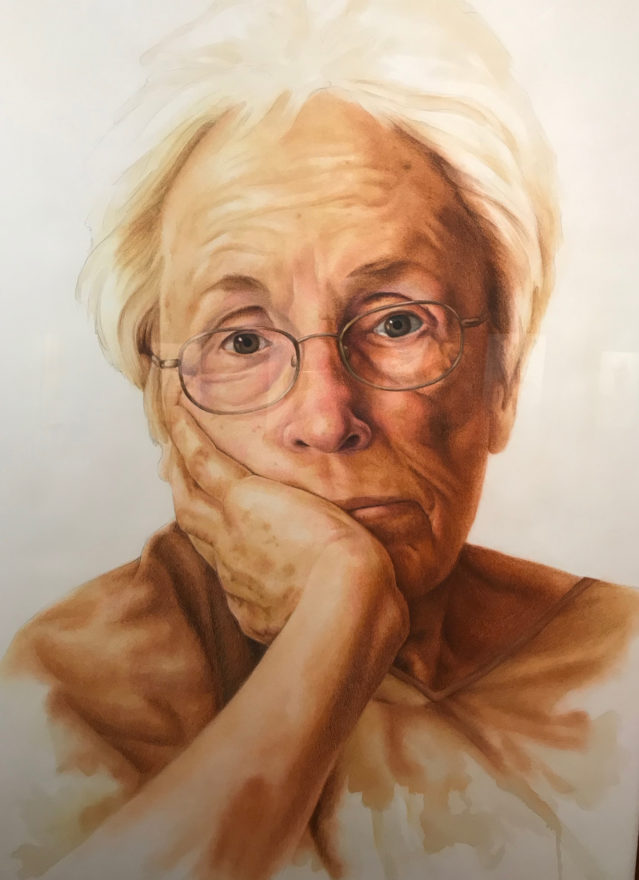
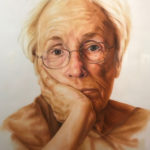
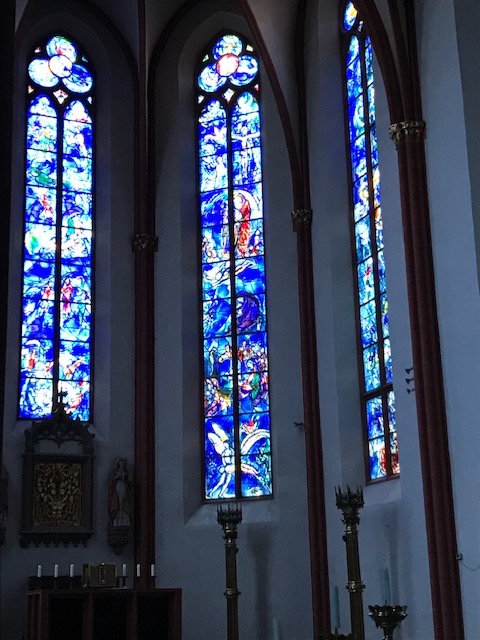
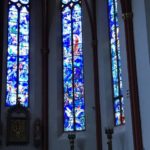
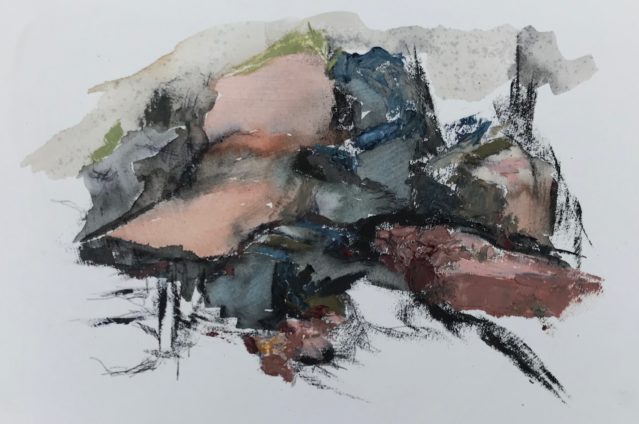

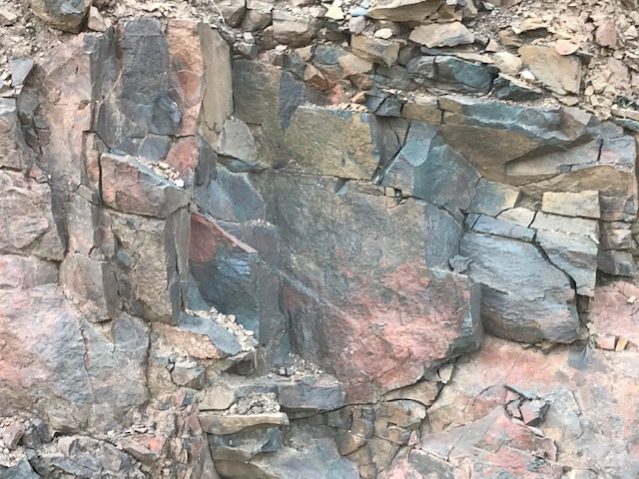
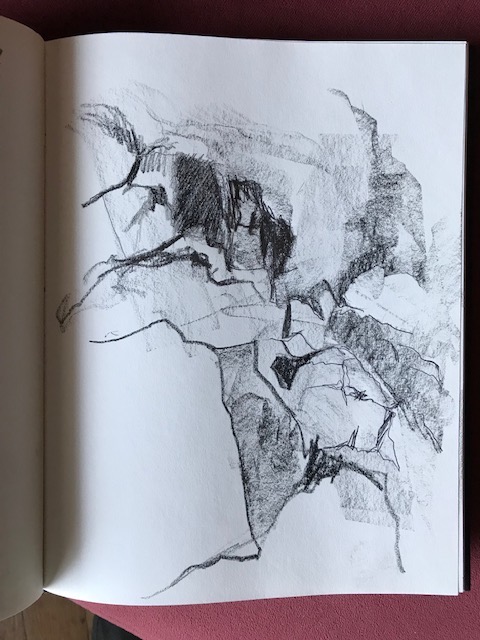
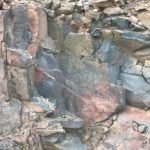

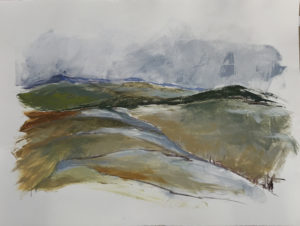
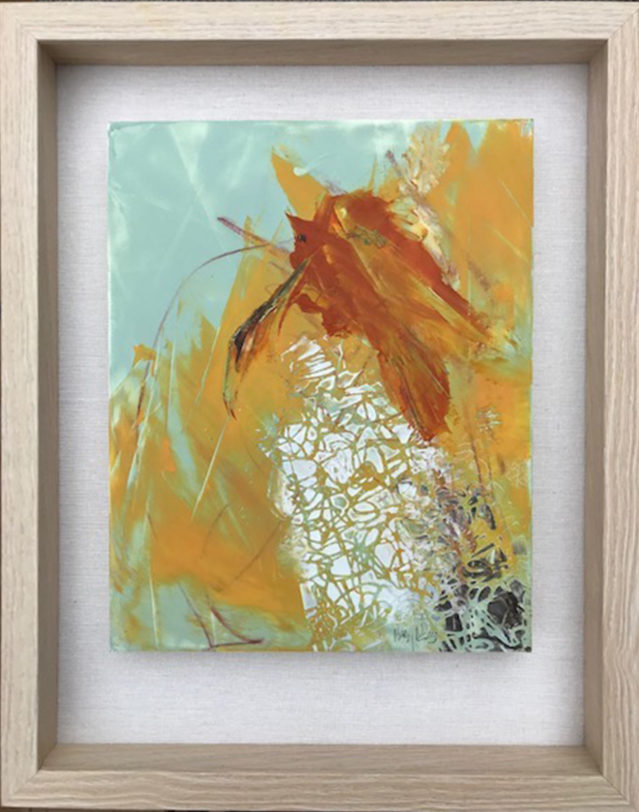
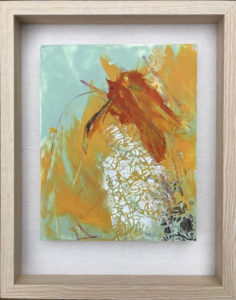 “Hope is the thing with feathers — that perches in the soul” Emily Dickinson, who penned this sweet line, knew a thing or three about meaningful hope. Hers was a buoyant expression, all the more poignant because she was equally aware of the hardness of her time/place and of her own internal struggle. Her poetry is rich for this reason: real, but outward even as she felt the confines of her tiny upper room.
“Hope is the thing with feathers — that perches in the soul” Emily Dickinson, who penned this sweet line, knew a thing or three about meaningful hope. Hers was a buoyant expression, all the more poignant because she was equally aware of the hardness of her time/place and of her own internal struggle. Her poetry is rich for this reason: real, but outward even as she felt the confines of her tiny upper room.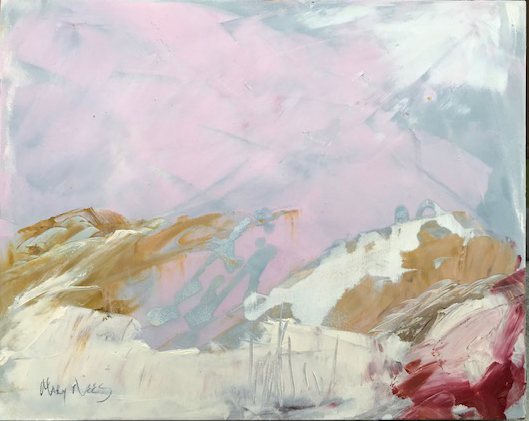
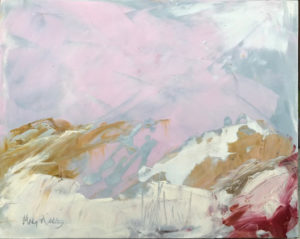 In one class there were so many folks that the teacher really couldn’t take much time beyond the basics, so I stayed in the back, one ear listening while I just worked and worked, turning out 5 pieces in 3 hours. The results were good. Here is one of them. What was the difference then for me compared to staying home and working? I am still thinking about that.
In one class there were so many folks that the teacher really couldn’t take much time beyond the basics, so I stayed in the back, one ear listening while I just worked and worked, turning out 5 pieces in 3 hours. The results were good. Here is one of them. What was the difference then for me compared to staying home and working? I am still thinking about that.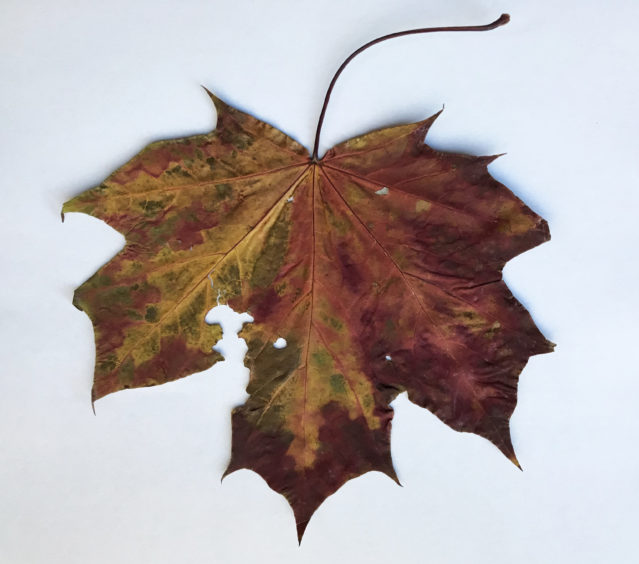
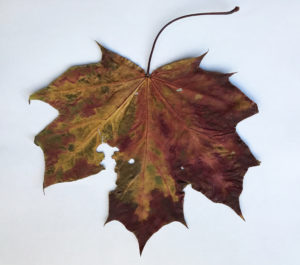 Last night, near the point of retiring for the day, I opened a small poetry book, a gift given to me in Canada. Therein I found an added bit of beauty between the leaves. Pressed in the pages of this lovely booklet was a singular remnant from a maple. I had almost squished this leaf with my shoe on a walk in Vancouver. My eyes must have stopped me then, but I forgot that I had this incredible thing. The re-discovery near a month later was more delight than I even remembered in the initial find.
Last night, near the point of retiring for the day, I opened a small poetry book, a gift given to me in Canada. Therein I found an added bit of beauty between the leaves. Pressed in the pages of this lovely booklet was a singular remnant from a maple. I had almost squished this leaf with my shoe on a walk in Vancouver. My eyes must have stopped me then, but I forgot that I had this incredible thing. The re-discovery near a month later was more delight than I even remembered in the initial find.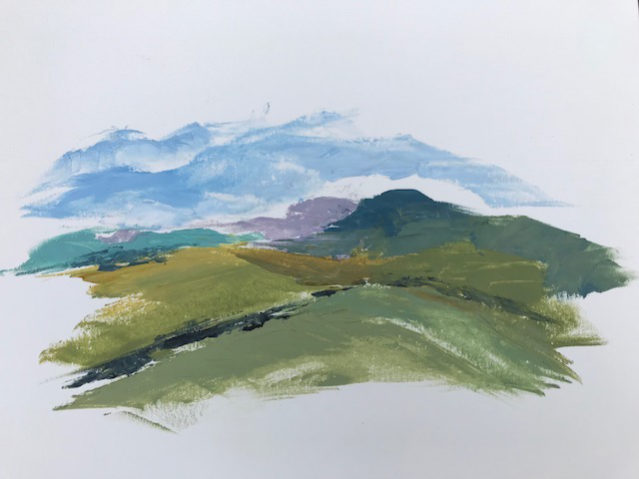
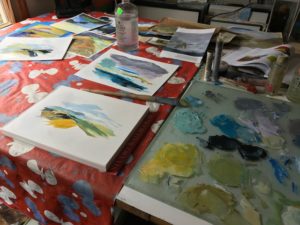 Yesterday in studio I worked up a palette of hues in oil, building from a photo I’d saved of an arctic scene in National Geo. You can see that here if you look closely at my messy table. I mixed up a set of replicated hues, pleasing together, and then added notes of my own with them, before I had any idea what I would do myself with this color grouping.
Yesterday in studio I worked up a palette of hues in oil, building from a photo I’d saved of an arctic scene in National Geo. You can see that here if you look closely at my messy table. I mixed up a set of replicated hues, pleasing together, and then added notes of my own with them, before I had any idea what I would do myself with this color grouping.